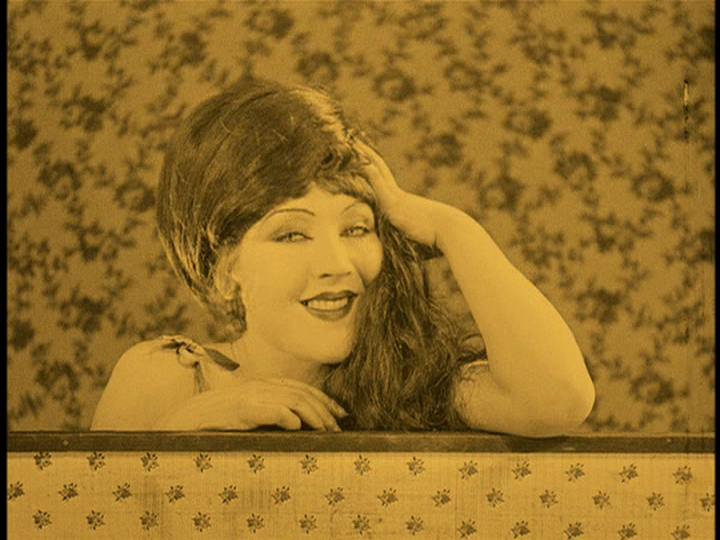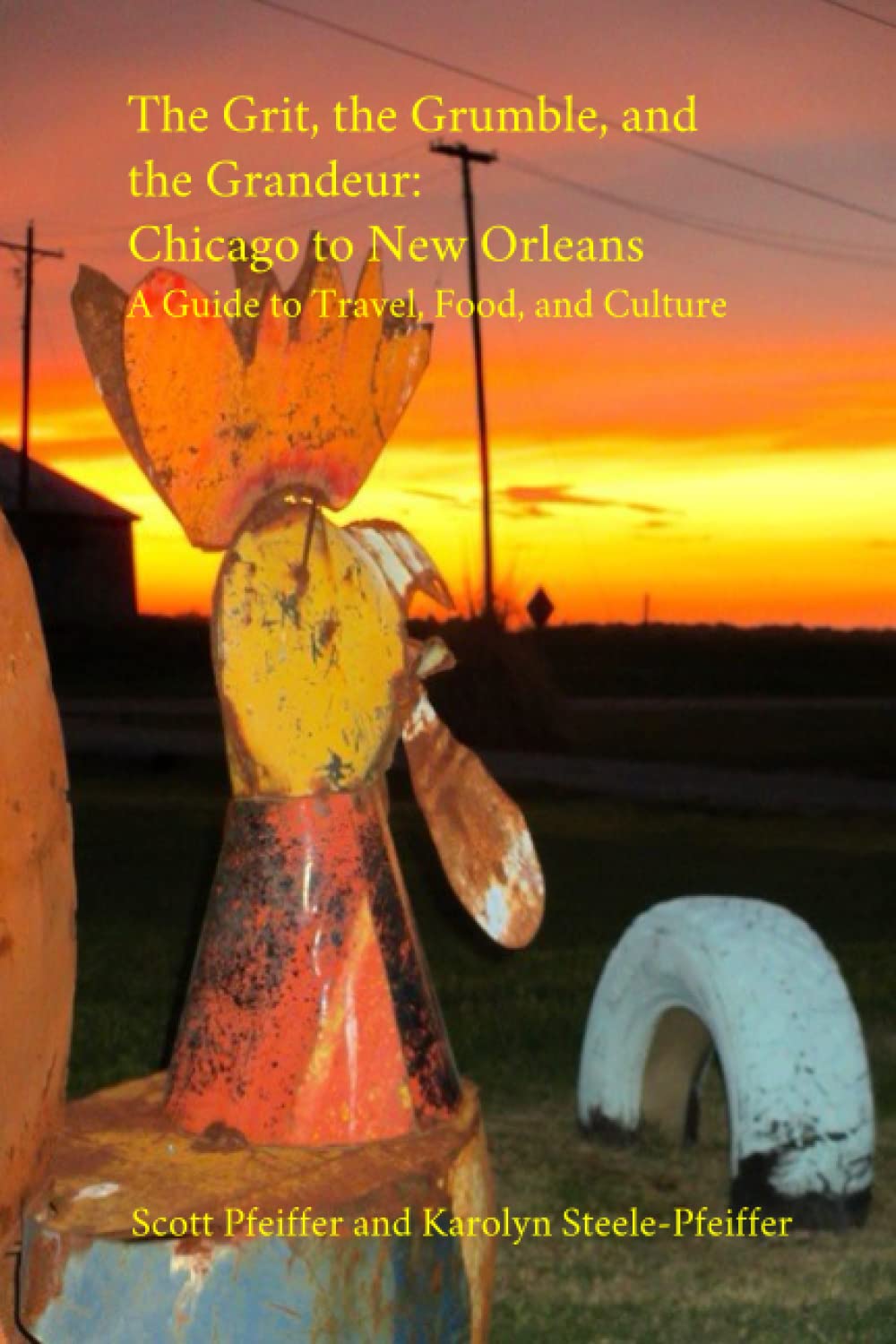Andre Bazin on Catherine Hessling and Renoir's silent films
 Tuesday, August 30, 2016 at 06:43PM
Tuesday, August 30, 2016 at 06:43PM  I pulled my Andre Bazin volumes down off the shelf. My collection includes his critical study of Jean Renoir (Jean Renoir, 1971). Edited by Francois Truffaut, the book was unfinished at the time of Bazin's death in 1958 at age of 40. Truffaut assembled the 1971 edition, including a filmography begun in 1957 by a team including Jacques Doniol-Valcroze (co-founder of Cahiers du Cinema), Jean Luc-Godard, Eric Rohmer, Jaques Rivette, and Truffaut himself.
I pulled my Andre Bazin volumes down off the shelf. My collection includes his critical study of Jean Renoir (Jean Renoir, 1971). Edited by Francois Truffaut, the book was unfinished at the time of Bazin's death in 1958 at age of 40. Truffaut assembled the 1971 edition, including a filmography begun in 1957 by a team including Jacques Doniol-Valcroze (co-founder of Cahiers du Cinema), Jean Luc-Godard, Eric Rohmer, Jaques Rivette, and Truffaut himself.
I also had before me What Is Cinema? Volume 1 (1967) and Volume 2 (1971), which collect essays written from 1945 to 1957 and first published in places like Cahiers du Cinema, Critique, and Esprit.
Reading the books for probably the first time since my college days (long ago and far away now), I found Bazin's arguments engaging and lively. Straightaway in the Renoir study, in a chapter devoted to the silent films, he notes how blown away Renoir was by von Stroheim's Foolish Wives, then begins to wax rhapsodic about Catherine Hessling, if intimating that her bewitching effect on the director was not all to the good in terms of his growth.
Bazin writes, "Renoir's silent work is dominated by his principal actress, Catherine Hessling. It was to set off her extraordinary personality that he made Une Fille sans Joie (produced and written by Renoir, directed by Albert Dieudonne), La Fille de l'Eau, Nana, Charleston, and La Petite Marchande d'Allumettes. One cannot help but wonder how much of the credit for Jean Renoir's work belong to this woman, who was both his wife and his favorite actress. It is true that this remarkable doll-faced girl with the charcoal circles under her great bright eyes, and the imperfect but strangely articulated body reminiscent of the figures in certain Impressionist paintings, was an extraordinary incarnation of femininity. She was a curious creature, at once mechanical and living, ethereal and sensuous. But it seems to me that Renoir saw her less as a director than as a painter. Enchanted by the unique beauty of her body and her face, he worried less about directing the actress in her dramatic role than he did about photographing the woman from every possible angle. This more or less conscious aim is clearly discernible, for example, in Charleston, whose thin and whimsical scenario is little more than a pretext for an incoherent but charming exhibition of Catherine Hessling."
Here is Charleston (1927), my first exposure to Hessling.
Her charms are abundant. I found her every bit as fetching as Bazin advertised. The slow motion photography of the human body in motion is mesmerizing. It's interesting to think of this short in terms of the recently released Pioneers of African-American Cinema five-disc set, as well. Dennis Grunes notes, "the visitor is played by Johnny Huggins, a black man, in white man’s blackface, except for his painted-white lips, all of which create a truly unsettling image that sardonically comments on a store of racist minstrel history. Renoir is being very brave here."
Of Le Petite Marchande d'Allumettes (1928), Bazin writes that it's common to think of it "as a fairy tale and to classify it as a work of the French avant-garde. But if this judgment is correct historically, it is hardly so from an aesthetic point of view. More precisely, Le Petite Marchande d'Allumettes represents an intrusion of Renoir's realism into the themes and techniques of the avant-garde. The source of the still radiant charm of this little film is apparent today: it is the very realism of Renoir's fantasy. It is not Andersen's tale but Renoir's fascination with technical effects--the almost sensual pleasure he derives from the originality of his fantastic images--which is the basis of the film's poetry...From this Scandinavian fairy tale, Renoir has made a tender and sensual, bittersweet poetic fantasy in which even Death becomes a friend and acquaintance."
His pre-1930 years were a period, Bazin writes, in which Renoir "sought to cultivate the realism, the authenticity, which he had found in the popular American productions [of the 1920s] and in von Stroheim's work through the proper direction of his actors." He quotes Renoir speaking of how he made a study of "the movements of a scrubwoman, of a vegetable vendor or of a girl combing her hair before a mirror," of "French gesture as reflected in my father's paintings."


Reader Comments (2)
Just now got around to reading this. What a terrific post! I've never read Bazin's Renoir book (in spite of the fact that I love both Bazin and Renoir) but I plan on doing so soon after reading your article. I love WHAT IS CINEMA VOL. 1 and 2, of course.
Thank you for these kind words, Michael! Yes, I believe Bazin's Renoir book certainly deserves a place on the shelf next to Hitchcock/Truffaut.